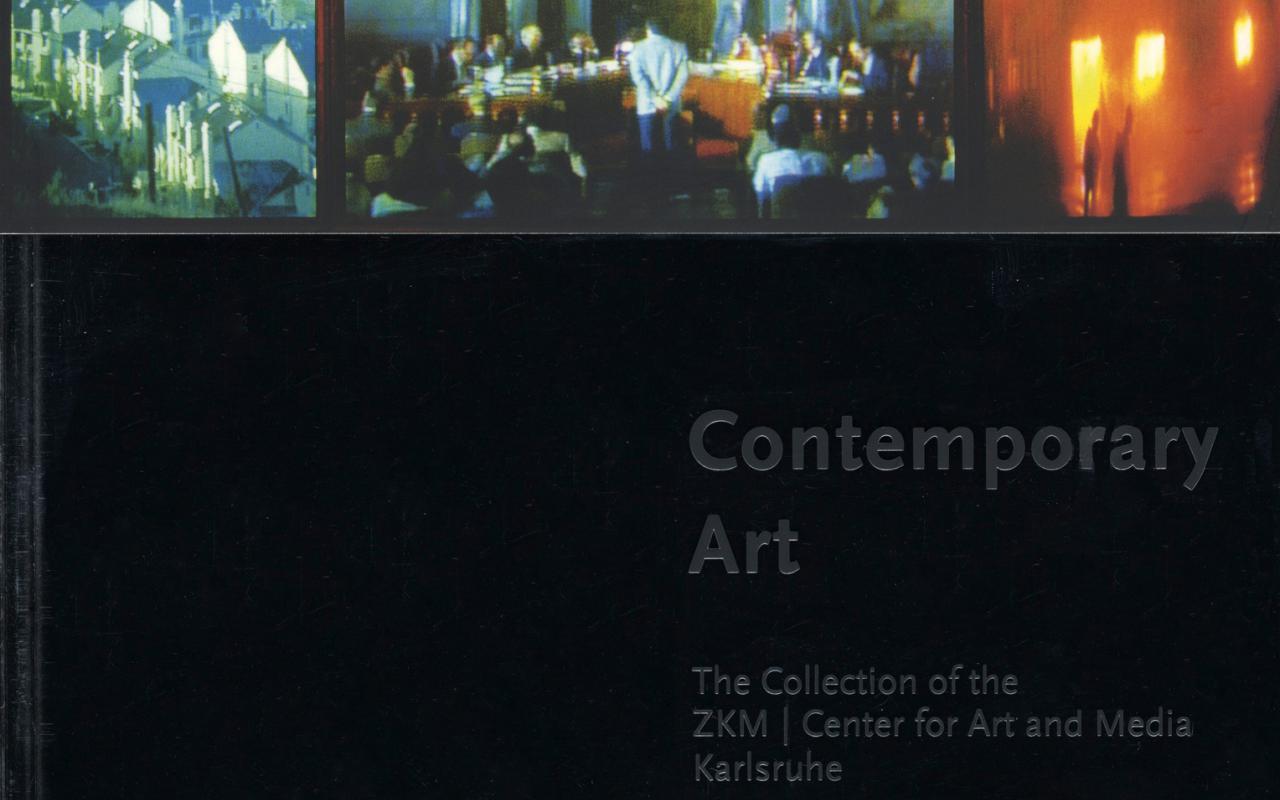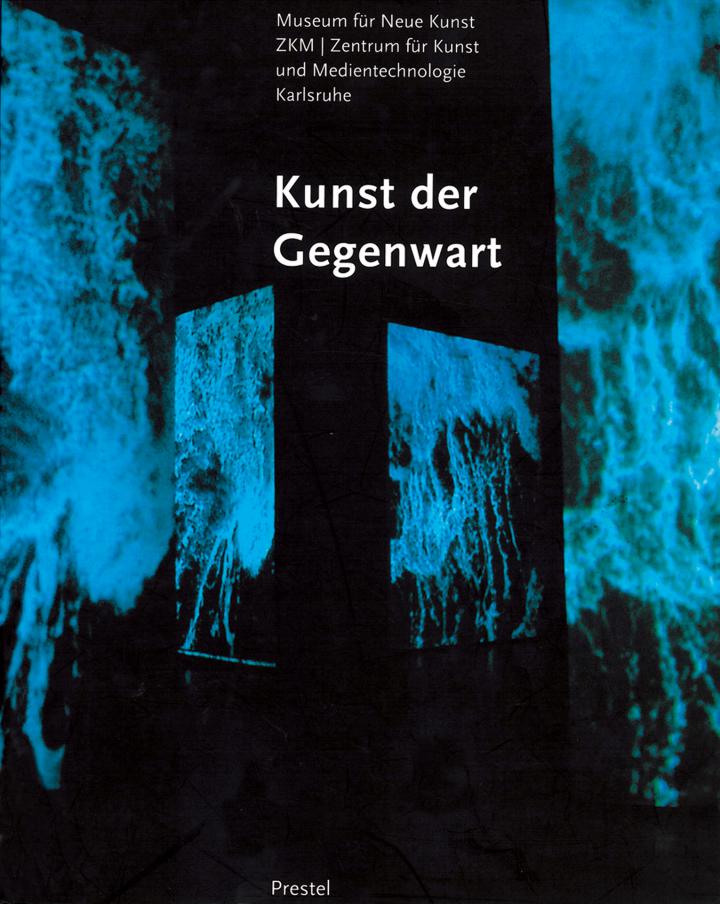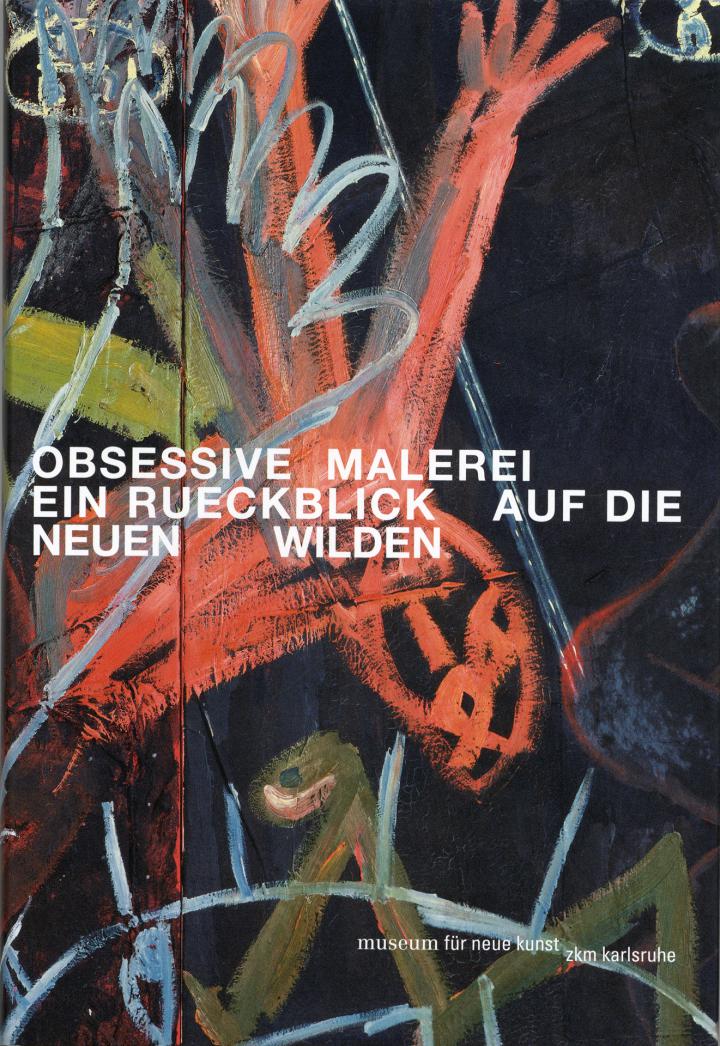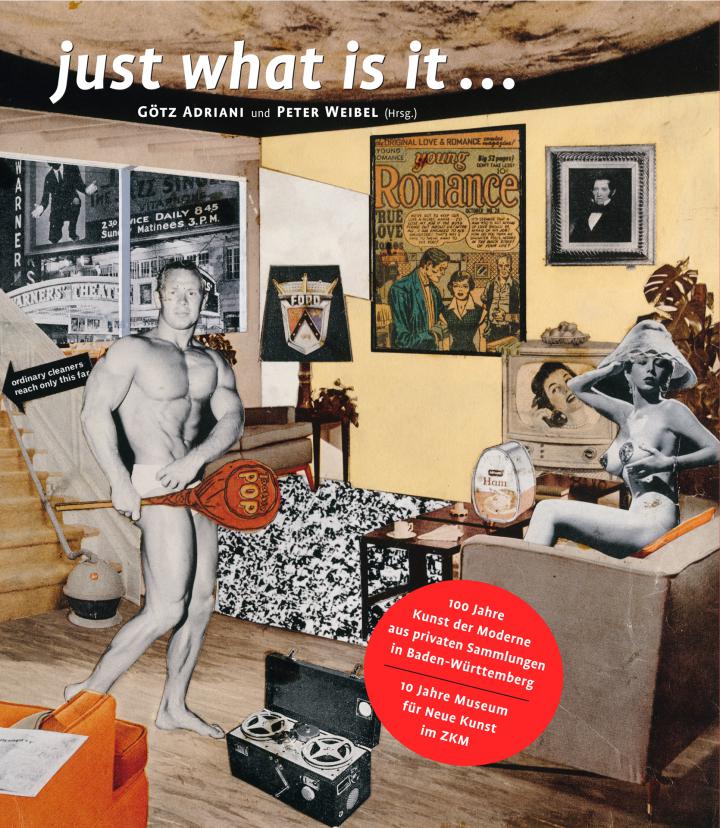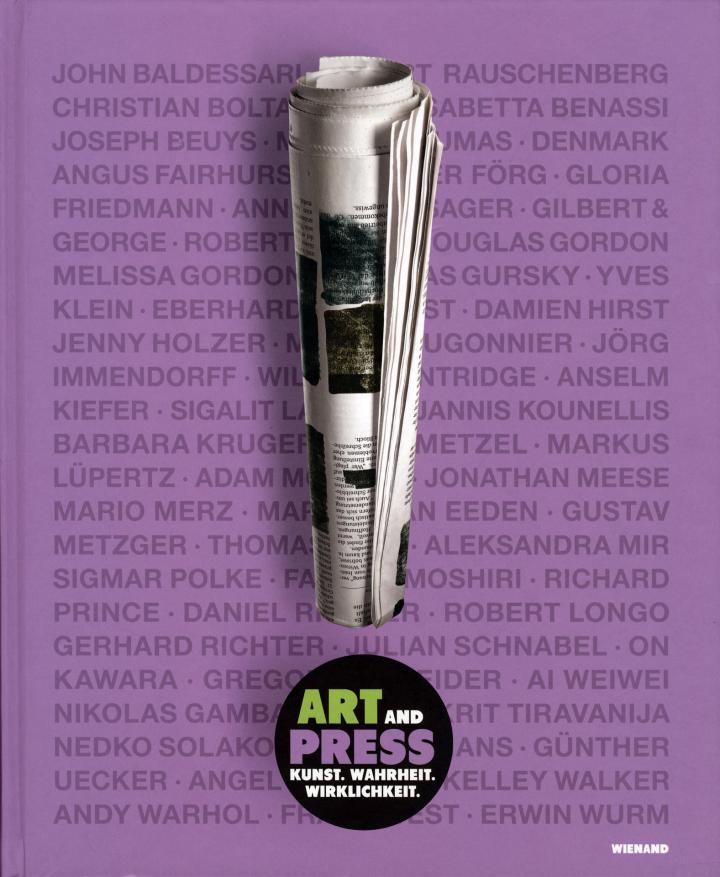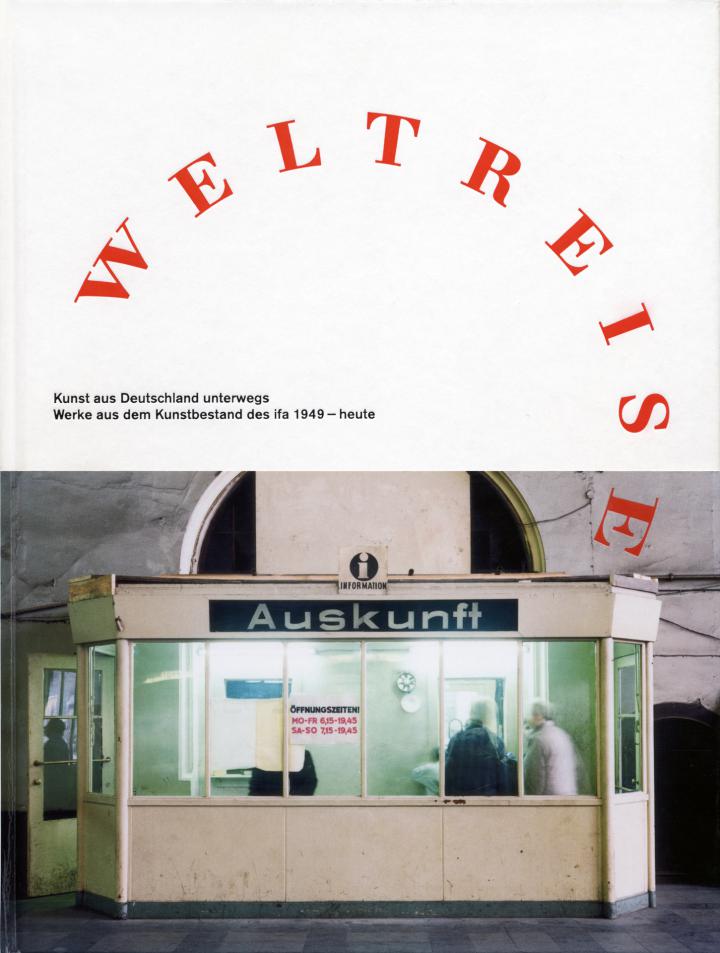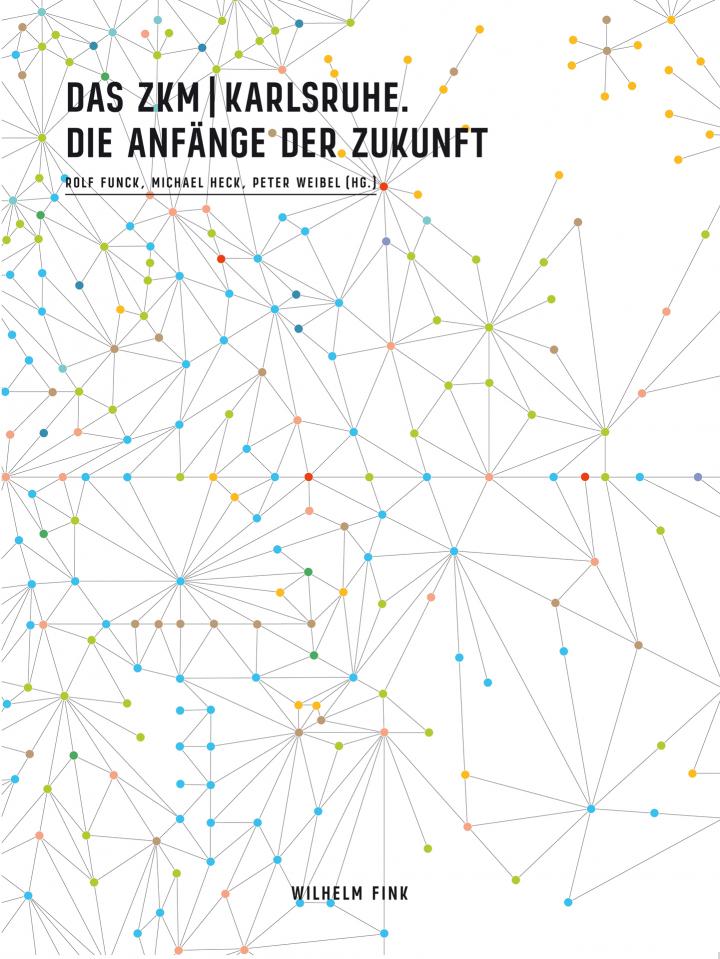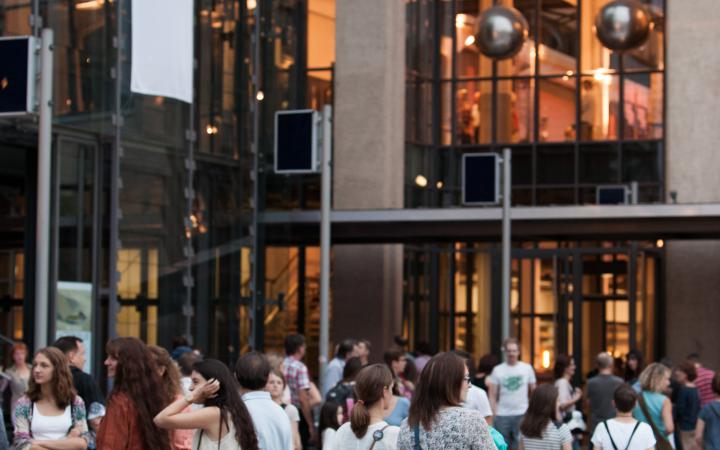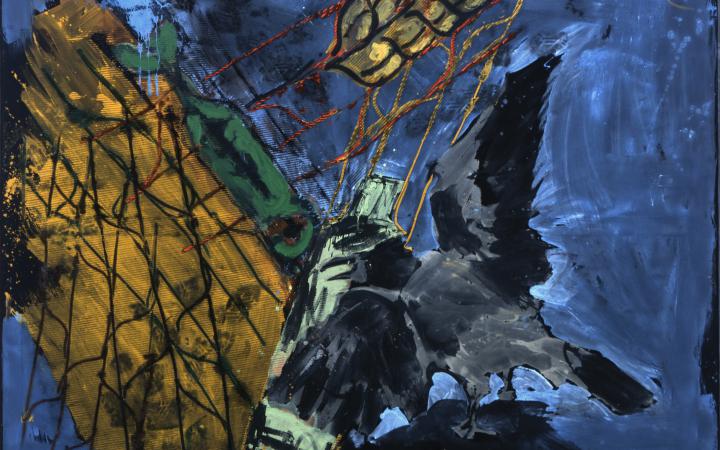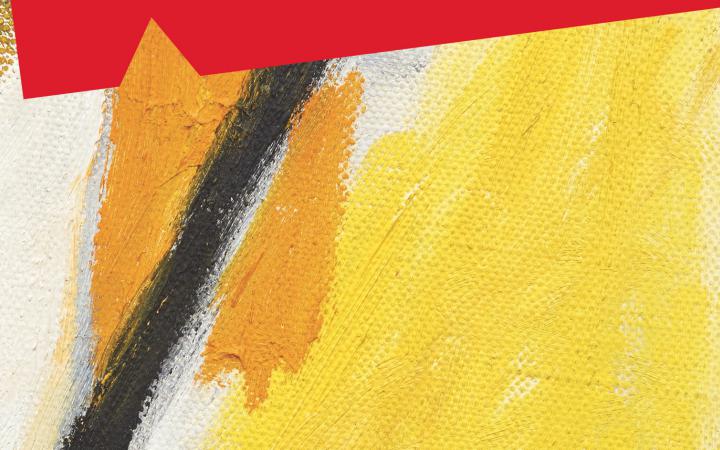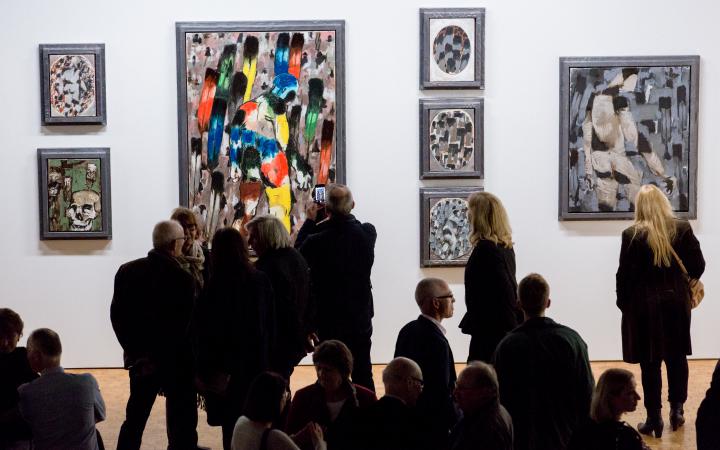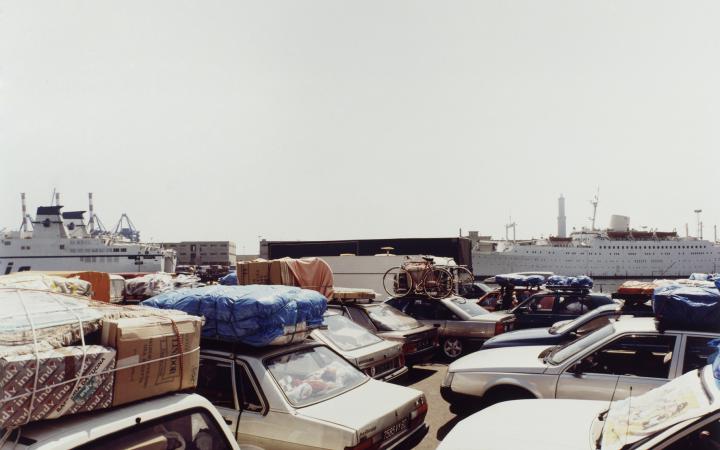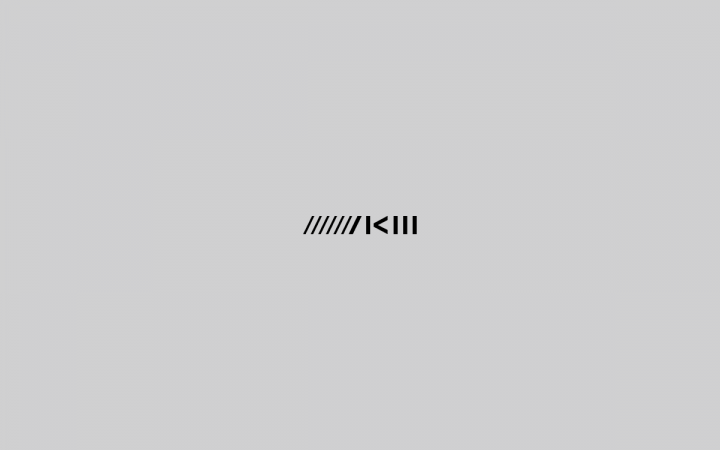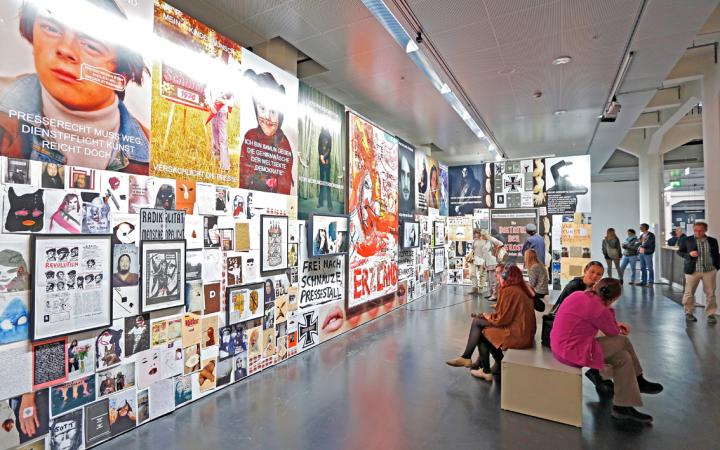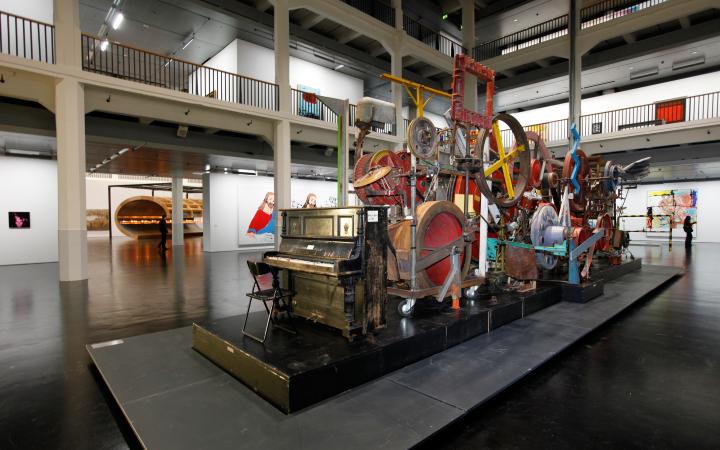Markus Lüpertz
- Year of birth, place
- 1941, Liberec, Czech Republic
- Role at the ZKM
- in the collection
- Biography
- Markus Lüpertz was born in Reichenberg (now Liberec, Czech Republic) in 1941, fleeing with his family in 1948 to Rheydt in the Rhineland. He studied (1956-61) at the Werkkunstschule, Krefeld, then at the Kunstakademie, Düsseldorf. To support his studies he worked (as a miner and a labourer among other occupations); but since 1961 he has been able to support himself as an independent artist. In 1962 he moved to Berlin and in 1964 opened the Galerie Großgörschen 35 there. During the 1960s Lüpertz wrote and published several manifestos, formulated in connection with the »dithyrambic painting« on which he embarked in 1962. In 1970 he won the Villa Romana Prize, spending that year in Florence. In 1976 he was appointed to a professorship at the Staatliche Akademie der Bildenden Künste, Karlsruhe. Since 1986 he has been a Professor at the Kunstakademie, Düsseldorf, serving as its Rector since 1988. Lüpertz lives in Düsseldorf, Berlin and Karlsruhe.
In formulating his concept of »dithyrambic painting« in the early 1960s, Lüpertz was seeking a type of art that would be poised between abstraction and objectivity but would participate fully in neither. He developed an art form in which one aspect - the main motif - would remain constant, but only on an abstract devise totally devoid of meaning. Through the simplication of an invented form and its repetition as a type, he invented an indecipherable entity, the »dithyramb«. During the early phase of Lüpertz's career, »dithyrambic painting« evolved into a programmatic visual language. The terms »dithyramb« (literally, in the style of an ancient Creek choric hymn, vehement and wild in character) is related to the Ancient Greek cult of the god Dionysos. Lüpertz's »dithyrambic painting«, distilling an indecipherable world of entities neither real nor abstract, illustrates the paradox of a non-objective objectivity through demonstrating the objective quality of variations on a basic form. Lüpertz celebrates painting as an autonomous, entirely self-referential art form, reintroducing the sort of objectivity that abstraction has long questioned, which is at the same time an objectivity freed from any narrative context. From the years 1970-74, Lüpertz's work was notable for German subject matter - images of helmets and uniforms, of suits of armour and officers' caps, invariably political in allusion. In 1975, however, Lüpertz turned to the rich iconographic store of art history, and his work reflected his preoccupation with the work of Picasso, Corot or Poussin. Another area of great interest was the world of Classical Antiquity, as reflected in the cycle of images related to the »Smile of Mycenae«. Since 1992 Lüpertz has been at work on a series of images on the theme »Men without Women - Parsifal«. In addition to paintings, Lüpertz has produced numerous drawings and, since 1989, sculptures; he has also published poetry and performed as a musician.
Individual exhibitions (selection)
1964 Galerie Großgörschen, Berlin
1968 Galerie Michael Werner, Cologne
1973 Staatliche Kunsthalle Baden-Baden
1977 Hamburger Kunsthalle, Hamburg; Stedelijk van Abbemuseum, Eindhoven; Kunsthalle, Berne
1979 Whitechapel Art Gallery, London; Joseph-Haubrich-Kunsthalle, Cologne
1983 Kestner-Gesellschaft, Hannover; Musée d'Art Moderne de Strasbourg, Strasbourg
1984 Mary Boone/Galerie Michael Werner, New York; Wiener Sezession, Vienna
1986 Städtische Galerie im Lenbachhaus, Munich; Neuer Berliner Kunstverein, Orangerie, Schloss Charlottenburg
1987 Kunstverein Braunschweig; Museum Boijmans Van Beuningen, Rotterdam
1988 Kunsthalle, Kiel
1991 Museo Nacional Centrode Arte Reina Sofía, Madrid; Städtische Galerie im Prinz-Max-Palais, Karlsruhe
1993 Galerie Michael Wemer, New York; Kunstmuseum Bonn
1994 Museum Moderner Kunst Stiftung Ludwig, Vienna
1995 Städtische Kunsthalle Mannheim, subsequently at Städtische Kunstsammlungen, Augsburg; Gerhard-Marcks-Haus, Bonn; Mittelrhein-Museum, Koblenz
1996 Kunstsammlung Nordrhein-Westfalen, Düsseldorf; »Markus Lüpertz, Deutsche Motive«, Galerie Michael Werner, Cologne; Staatliche Antikensammlung und Glyptothek, Munich
1997 Stedelijk Museum, Amsterdam; Kunsthalle der Hypo-Kulturstiftung, Munich, subsequently at Hypobank Wuppertal
Group exhibitions (selection)
1969 »14 x 14«, Staatliche Kunsthalle Baden-Baden
1977 documenta VI, Kassel
1981 »A New Spirit in Painting«, Royal Academy of Arts, London
1982 documenta VII, Kassel; »Zeitgeist«, Martin-Gropius-Bau, Berlin
1984 »von hier aus«, Messegelände, Düsseldorf
1985 »German Art in the 20th Century, Painting and Sculpture 1905-1985«, Royal Academy of Arts, London, subsequently at Staatsgalerie Stuttgart
1986 «Beuys zu Ehren«, Städtische Galerie im Lehnbachhaus, Munich
1988 »Zurück zur Natur, aber wie?«, Städtische Galerie im Prinz-Max-Palais, Karlsruhe; »Arbeit in Geschichte. Geschichte in Arbeit«, Kunsthaus und Kunstverein, Hamburg
1989 »Bilderstreit«, Museum Ludwig, Rheinhallen, Cologne
1993 Biennale di Venezia, Venice
1995 »Kunst in Deutschland. Werke zeitgenössischer Künstler aus der Sammlung des Bundes«, Kunst- und Ausstellungshalle der Bundesrepublik Deutschland, Bonn; »Pierrot - Melancholie und Maske«, Haus der Kunst, Munich; »Auf Papier - Kunst des 20. Jahrhunderts aus der Deutschen Bank«, Museum der bildenden Künste, Leipzig; »Thinking Print«, The Museum of Modern Art, New York
1996 »Munch and after Munch or the obstinacy of painters«, Stedelijk Museum, Amsterdam, subsequently at Munch-museet, Oslo; »Höhepunkte zeitgenössischer Kunst aus der Sammlung Gamatz«, Städtische Galerie im Prinz-Max-Palais, Karlsruhe; »Chaos, Wahnsinn«, Kunst.Halle.Krems
1997 »Hommages«, Musée de Picardie, Amiens, subsequently at Center of Art, Perigueux; »A Case for Painting«, Irish Museum of Modem Art, Dublin; »Deutschlandbilder«, Martin-Gropius-Bau, Berlin
[Ursula Frohne, 1997]
